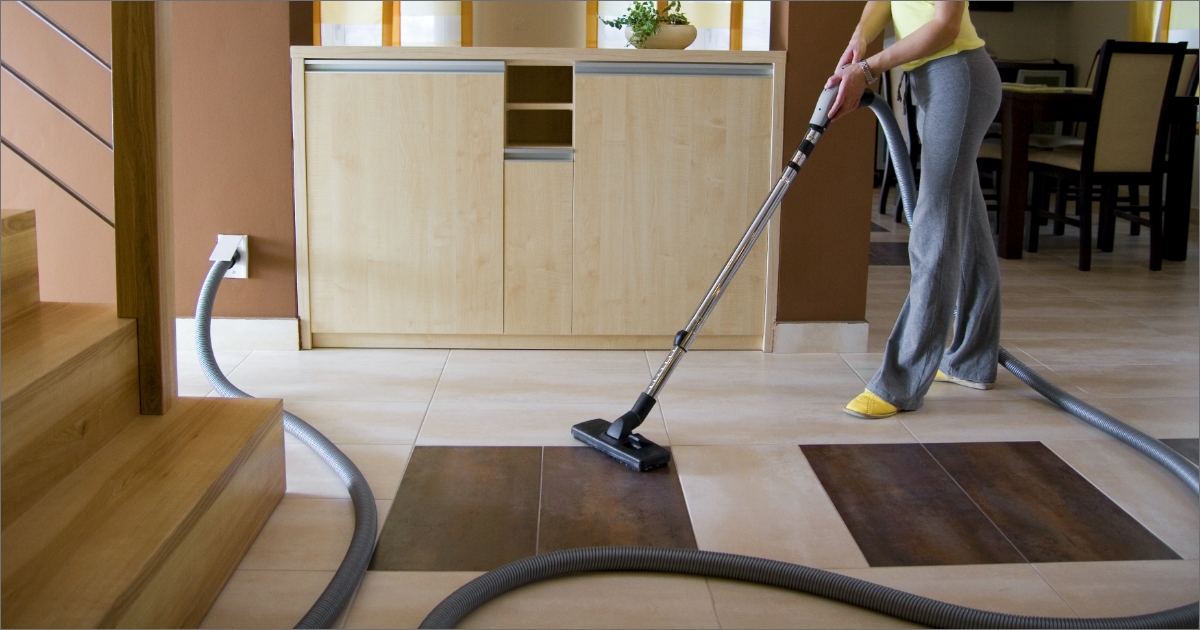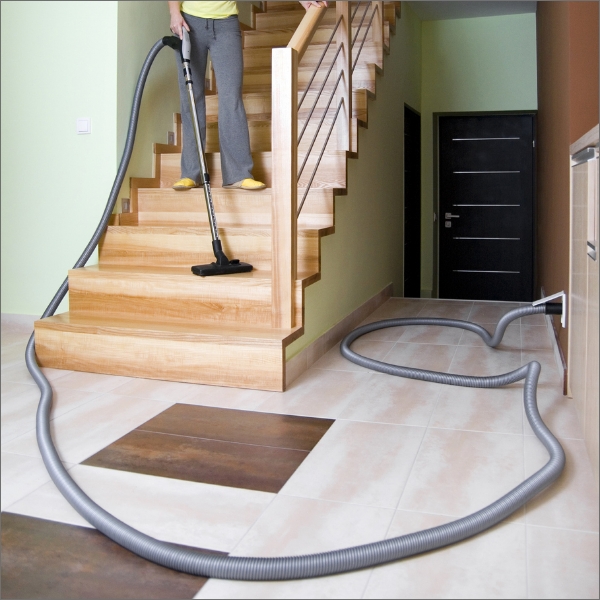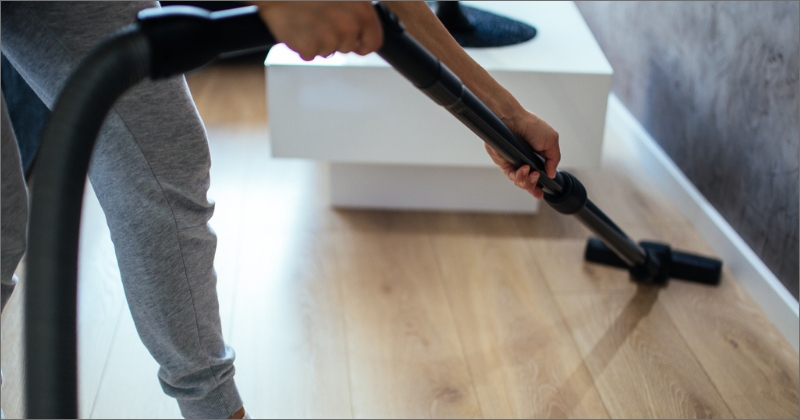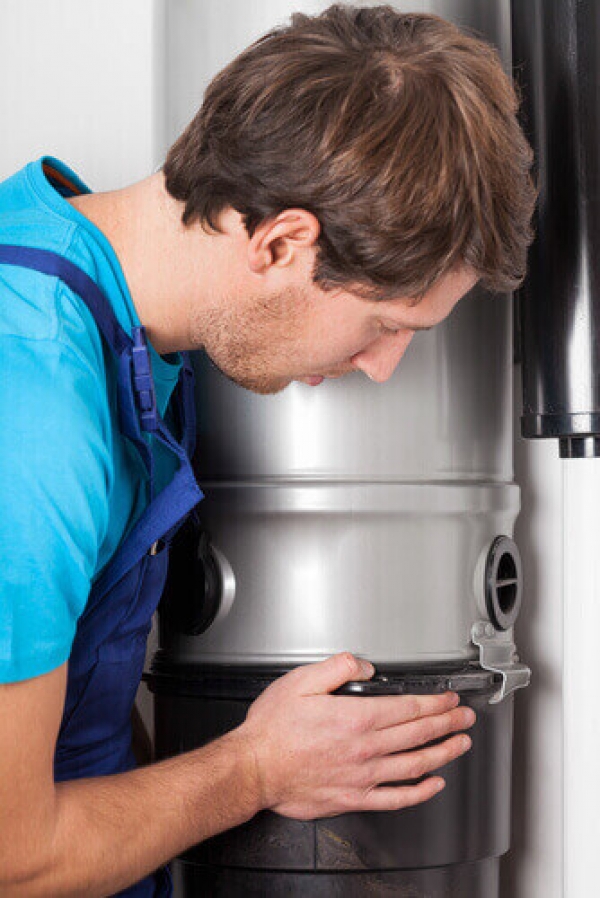Central vacuum systems have revolutionized the way we clean our homes, offering a convenient and efficient solution to household upkeep. Unlike traditional portable vacuums, these built-in systems offer superior suction power and the convenience of not having to lug a heavy unit from room to room. However, as with any appliance designed to make your life easier, consistent central vacuum maintenance is required to function optimally.
This article will be your go-to resource for all things related to central vacuum maintenance. We’ll cover everything from routine check-ups to addressing common issues, ensuring your system stays in peak condition for years to come.

Table of Contents
- Importance of Regular Central Vacuum Maintenance
- Routine Check-Ups for Central Vacuum System Maintenance
- Common Issues and Central Vacuum Troubleshooting
- Tools and Supplies Needed for Central Vacuum Maintenance
- Expert Tips for Enhanced Central Vacuum System Maintenance
- Additional Care Techniques for Central Vacuum System Maintenance
- Frequently Asked Questions About Central Vacuum Maintenance
Importance of Regular Central Vacuum Maintenance
Central vacuum system maintenance is not just about fixing problems as they arise; it’s about proactively taking steps to ensure your appliance is always at its best. Here’s why regular upkeep is essential:
Improved Efficiency
A well-maintained vacuum system performs better. Filters that are clean and hoses that are free from obstruction ensure that your central vacuum system operates at maximum efficiency, saving you both time and energy.
Longer Lifespan
Like any mechanical device, the parts of a central vacuum system wear out over time. Regular maintenance helps to catch issues early, prolonging the lifespan of your system and saving you the cost of early replacement.
Better Indoor Air Quality
One of the standout benefits of a central vacuum system is its ability to improve the air quality in your home by effectively removing dust, dirt, and allergens. Without regular central vac maintenance, this feature becomes less effective. Filters need to be cleaned and replaced periodically to ensure they are trapping pollutants effectively.
Routine Check-Ups for Central Vacuum System Maintenance
Conducting regular check-ups is a cornerstone of central vacuum system maintenance. Knowing what to look for and how often to perform these inspections can prevent minor issues from escalating into major problems.
Here are the essential aspects to focus on:
- Visual Inspection for Wear and Tear: At least once a month, examine the hoses, wall outlets, and other visible components for signs of wear and tear. Damaged parts can compromise the efficiency of the system and may even require central vacuum system repair parts.
- Cleaning and Replacing Filters: Filters play a crucial role in maintaining indoor air quality. A clogged or dirty filter can significantly reduce the performance of your central vacuum system. Ensure that you clean or replace filters every 3 to 6 months as part of your central vacuum maintenance routine.
- Examining Hoses, Connections, and Wall Outlets: Disconnect the hoses and inspect them for any blockages. Make sure all connections are secure, and wall outlets are functioning correctly. This can help in central vacuum troubleshooting if you encounter issues with suction or efficiency.

Common Issues and Central Vacuum Troubleshooting
Regardless of how diligent you are with central vacuum system maintenance, you may still run into occasional issues. Here are a few central vacuum troubleshooting tips to help you tackle some of the most common problems:
- Clogs and Blockages: If your system isn’t picking up dirt as effectively as it should, the culprit could be a clog. Detach the hoses and check for any blockages. You can use a long flexible brush designed for central vacuum cleaning to remove any debris, or electrician fish tape for blockages in piping located further in the walls.
- Reduced Suction Power: A drop in suction can occur for several reasons, ranging from a full dirt receptacle to a malfunctioning motor. Check the dirt receptacle and empty it if necessary. If the issue persists, you may need central vacuum system repair.
- Noise Issues: While central vacuum systems are generally quieter than their portable counterparts, abnormal noise can be a sign of trouble. Listen for changes in the sound of the motor or airflow, as this can be an indication that immediate central vacuum maintenance is required.
By regularly performing these check-ups and knowing how to troubleshoot common issues, you can ensure that your central vacuum system stays in excellent working condition, allowing you to reap the benefits of a cleaner, healthier home.
Tools and Supplies Needed for Central Vacuum Maintenance
Keeping your central vacuum system in optimal condition requires a set of specialized tools and supplies. Here’s a list of items to keep on hand for your central vac maintenance tasks:
- Flexible Long Brush: Ideal for cleaning hoses and removing blockages.
- Replacement Filters: Have these available for quick changes to ensure optimal air quality.
- Screwdrivers and Wrench Set: These are essential for tightening loose connections or disassembling components for deep cleaning.
- Vacuum Bags or Canister Liners: Always keep a supply of these to replace full or damaged ones promptly.
- Cleaning Agents: Non-abrasive cleaners for wiping down external components, and specialized solutions for filter cleaning, if applicable.
- User Manual: Keep your central vacuum system’s user manual within reach for quick reference during maintenance or troubleshooting.
By keeping these items readily accessible, you can respond to most central vacuum maintenance needs quickly and efficiently.

Expert Tips for Enhanced Central Vacuum System Maintenance
While routine check-ups and troubleshooting are essential, some expert strategies can improve your central vacuum system’s performance and longevity. Here are a few:
Balancing the Load
Overloading the canister can strain the motor and reduce efficiency. Make it a habit to empty the dirt receptacle before it gets completely full.
The Correct Way to Empty the Dirt Receptacle
When emptying the receptacle, make sure to do it in an open area, preferably outside, to prevent dust and allergens from re-entering your home. This contributes not just to central vacuum cleaning but also to improving your indoor air quality.
When to Seek Professional Help
If you notice a consistent drop in performance, strange noises, or other issues that aren’t resolved through basic central vacuum troubleshooting, it might be time to consult professionals to have your system serviced or central vacuum system repair.
By applying these expert tips, you’ll be well on your way to ensuring that your central vacuum system remains an effective, long-lasting household asset.
Additional Care Techniques for Central Vacuum System Maintenance
Beyond the basics of central vacuum maintenance, there are some additional practices that can further optimize your system’s performance:
- Periodic Tube Cleaning: Over time, dust and debris can accumulate in the tubes of your central vacuum system. Free Flow Central Vacuum Maintenance sheets are a fast and easy way to clean and maintain your central vacuum tubes.
- Proper Storage of Accessories: Make sure that all accessories, like hoses and attachments, are properly stored when not in use. This not only prolongs their lifespan but also ensures that they are in optimal condition when needed.
By incorporating these additional care techniques into your central vacuum system maintenance routine, you’ll further enhance the system’s performance and longevity.

Frequently Asked Questions About Central Vacuum Maintenance
We know you may have questions about central vacuum maintenance. To help you better understand, we have answered a few of the most common questions we hear.
What Are the Signs That My Central Vacuum System Needs Repair?
If your central vacuum system exhibits reduced suction, abnormal noises, or frequent clogs, it may need repair. Unusual vibrations or overheating are also signs that professional central vacuum system repair may be necessary. Always consult your user manual for troubleshooting tips before seeking professional help.
Can I Perform Central Vacuum Maintenance Myself or Do I Need a Professional?
Many aspects of central vacuum maintenance, such as cleaning filters, checking hoses, and emptying the dirt receptacle, can be performed by the homeowner. However, for tasks like duct cleaning or electrical issues, it’s advisable to consult a professional specializing in central vacuum system maintenance.
How Do I Know When to Replace My Central Vacuum System?
A well-maintained central vacuum system can last for many years, often exceeding a decade. However, consistent performance issues, frequent need for repair, or visible wear and tear on major components might indicate that it’s time for a replacement. You may also consider an upgrade if newer models offer features that suit your needs better.
Trust CentralVac for All Your Central Vacuum Maintenance Needs
You’ve invested in a central vacuum system for its convenience and superior cleaning capabilities; now it’s time to invest in its upkeep. Regular central vacuum maintenance not only ensures a cleaner, healthier home but also saves you money in the long run by extending the lifespan of your system. If you find yourself in need of replacement parts, accessories, or even expert advice, look no further than CentralVac for all your central vacuum needs.
Don’t delay—ensure your central vacuum system remains a long-lasting household asset by starting your maintenance routine today, and shop CentralVac for all your central vacuum necessities.
Related Articles: Central Vacuum Maintenance
Get expert advice on dealing with clogs in your central vacuum system.
Learn how to install a central vacuum in your home.
Best Central Vacuum Systems: A Buyer’s Guide to Making the Right Choice 
Discover the features and benefits of the best central vacs.


